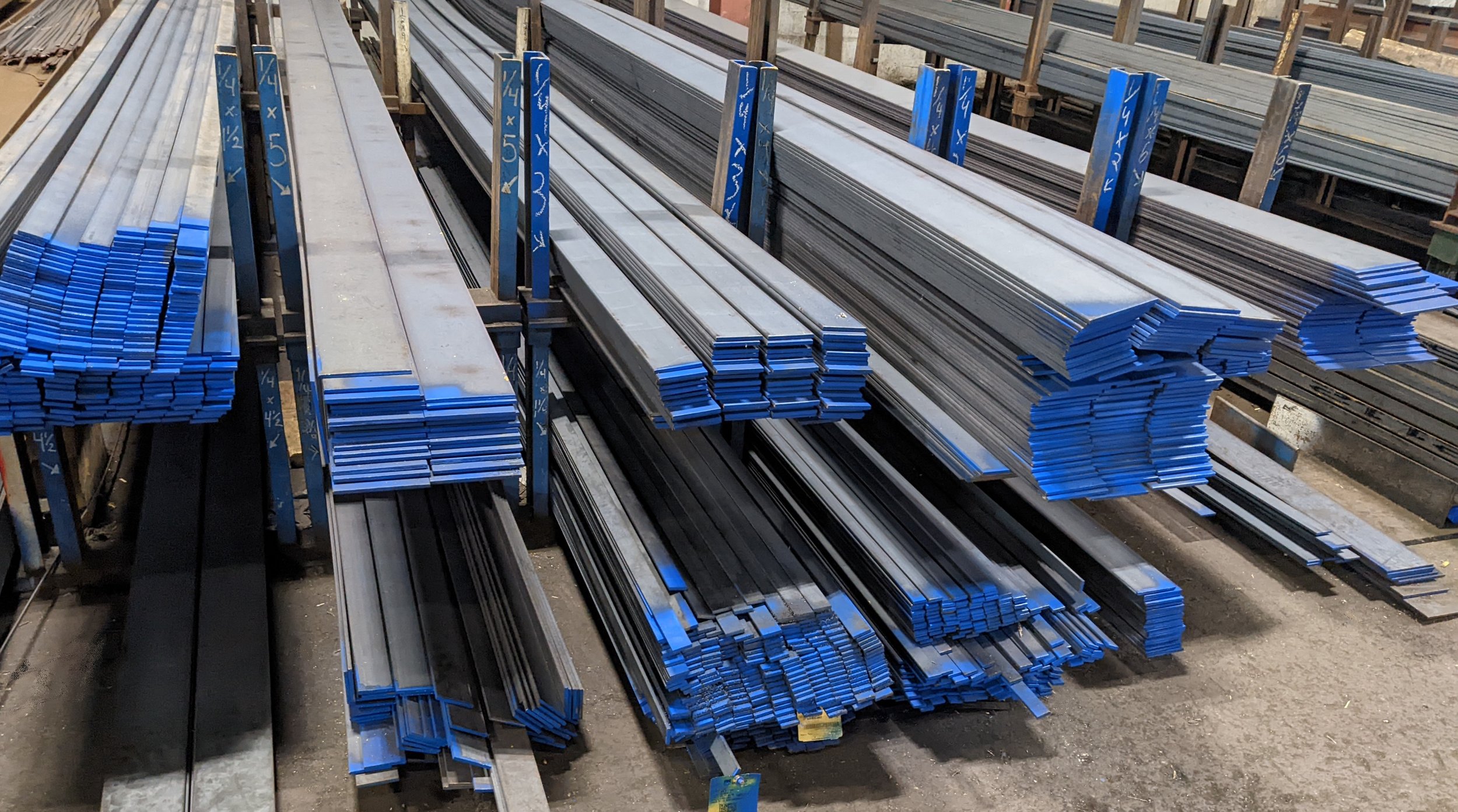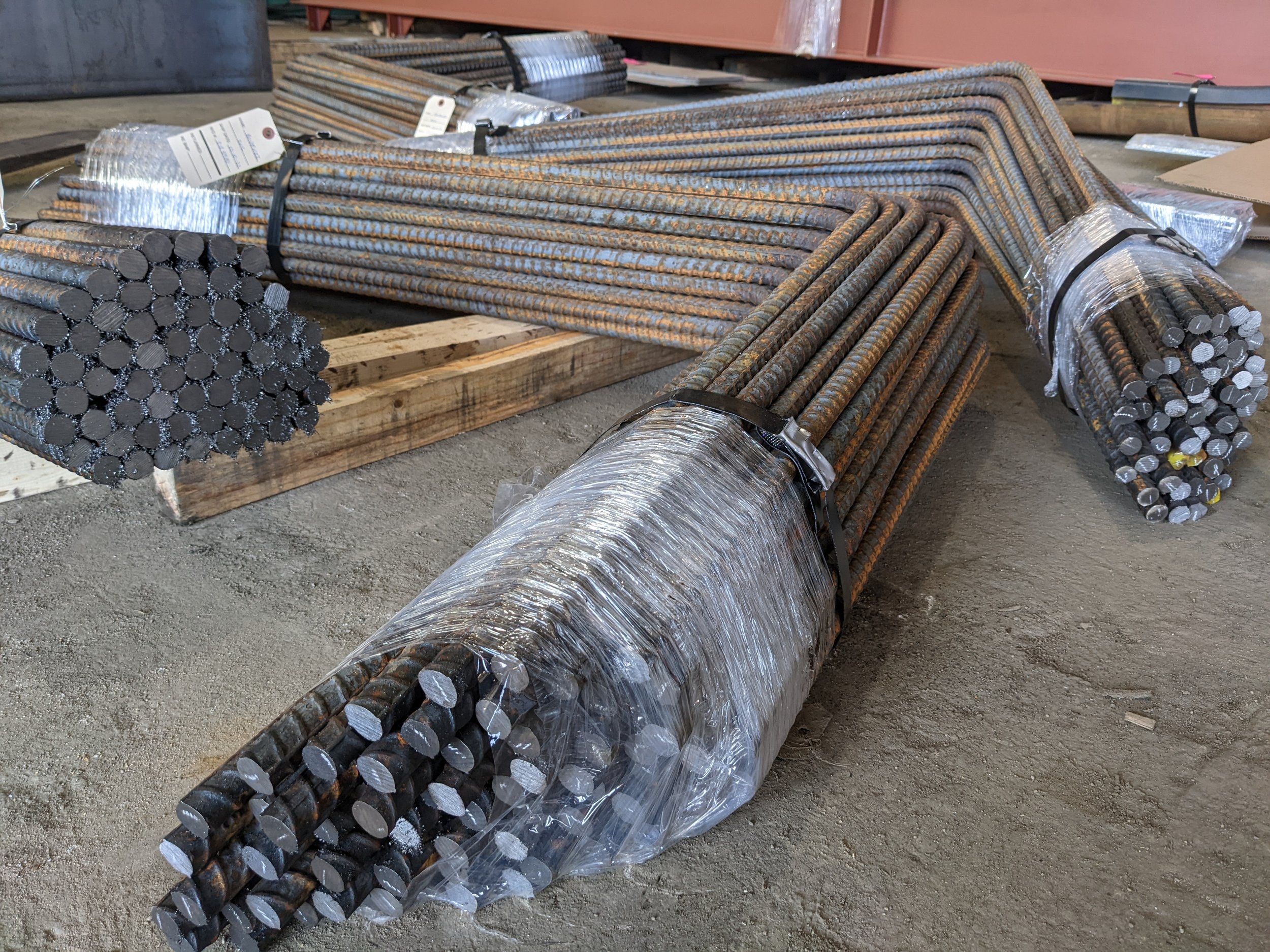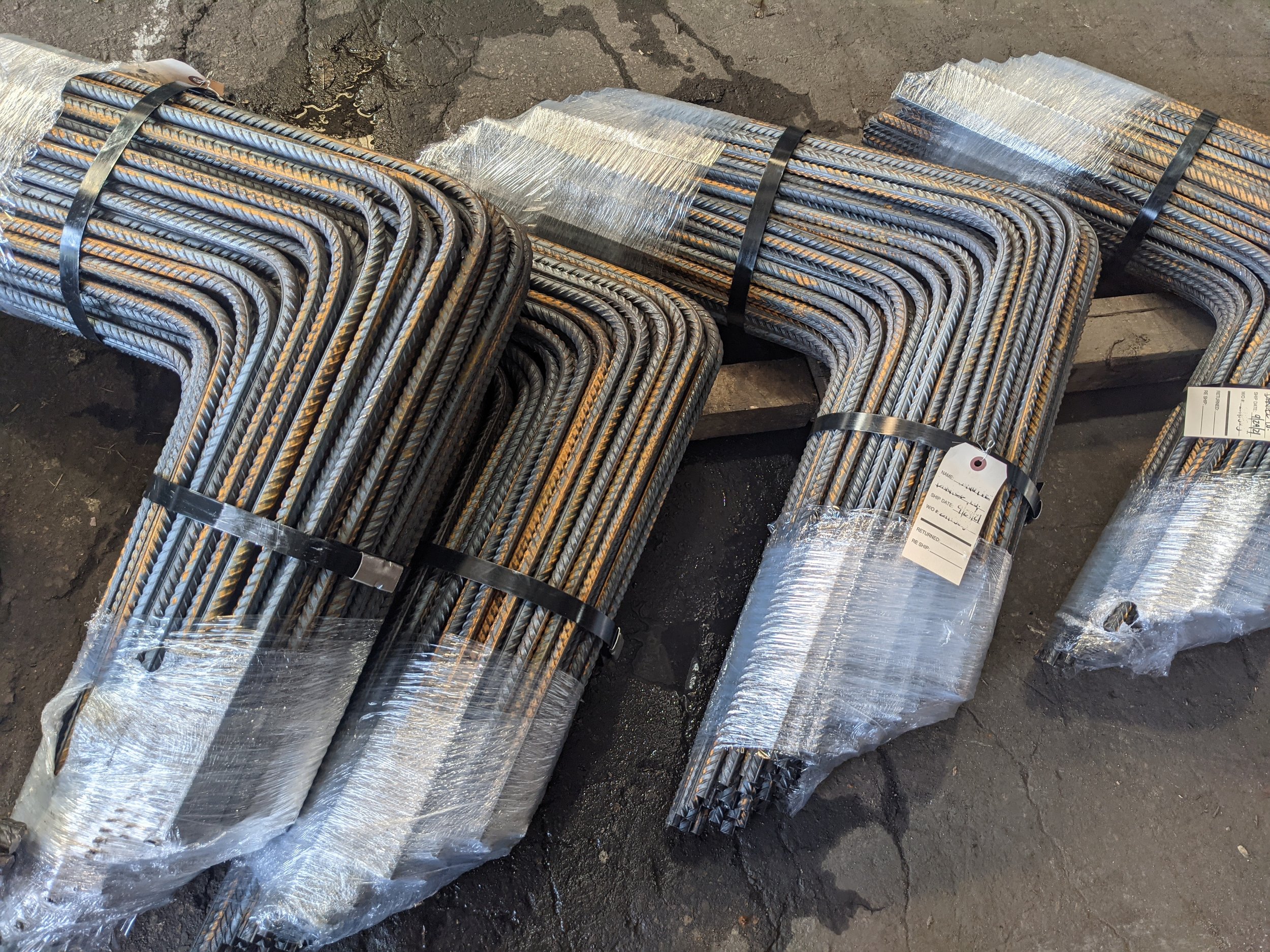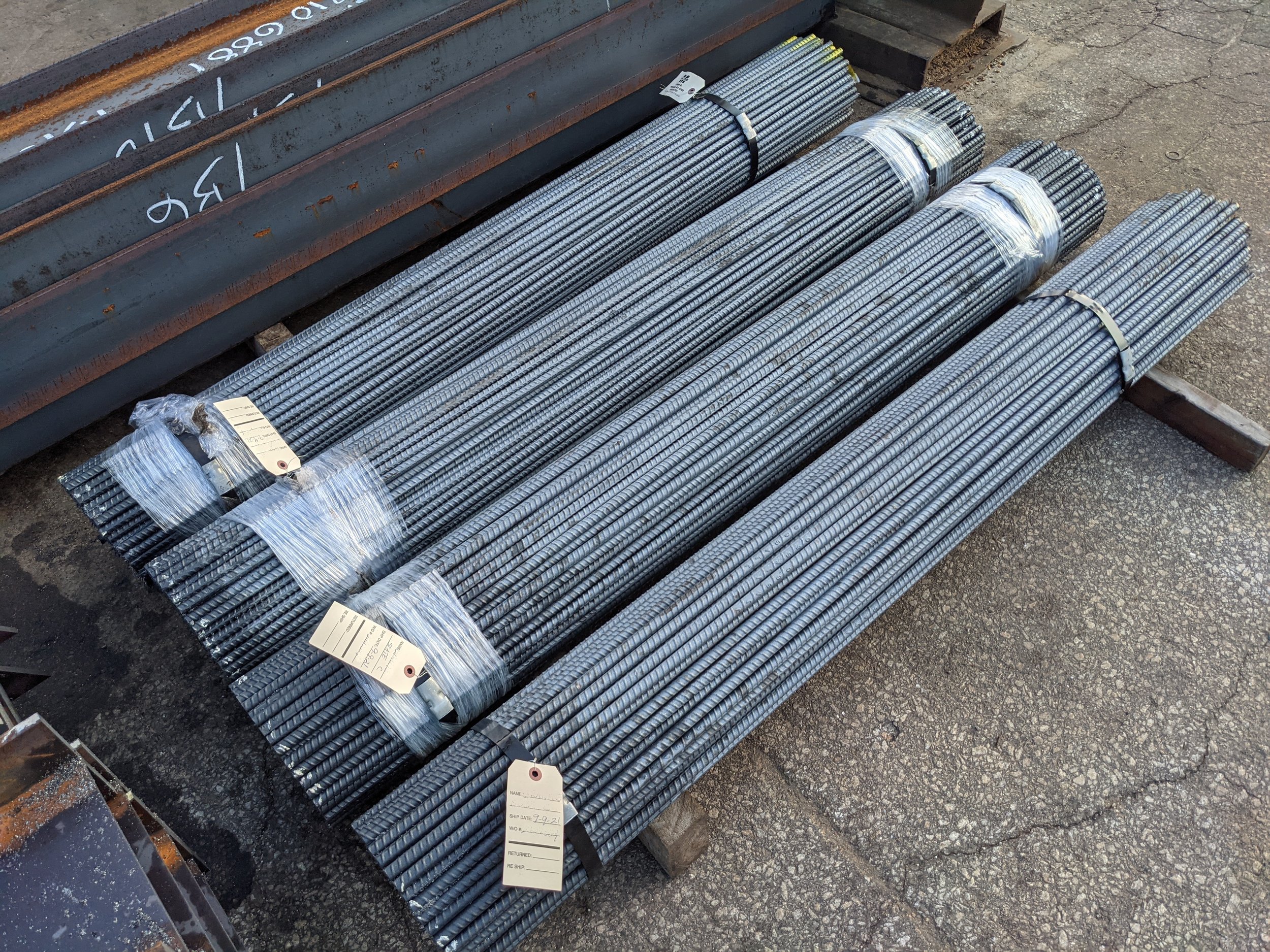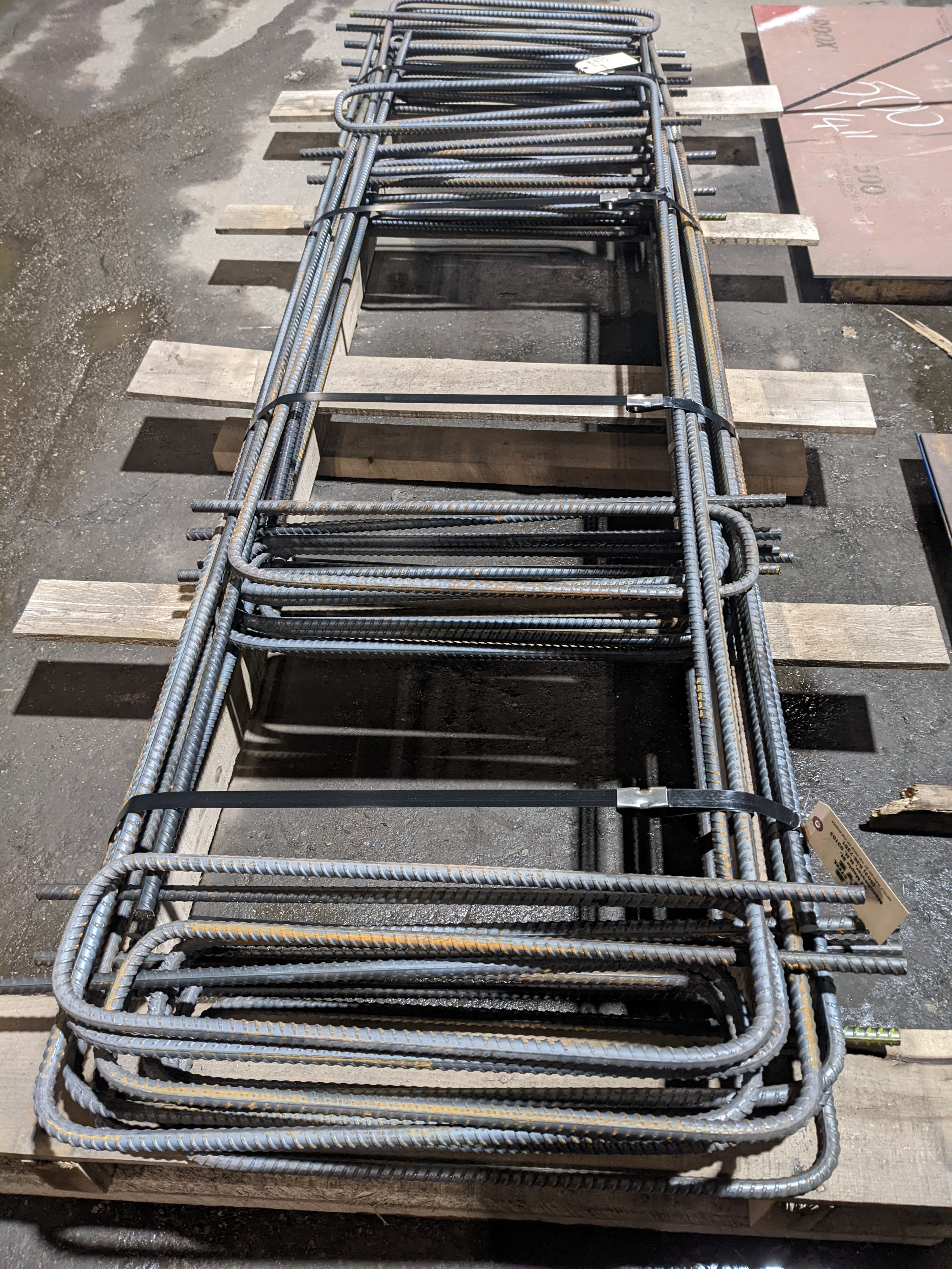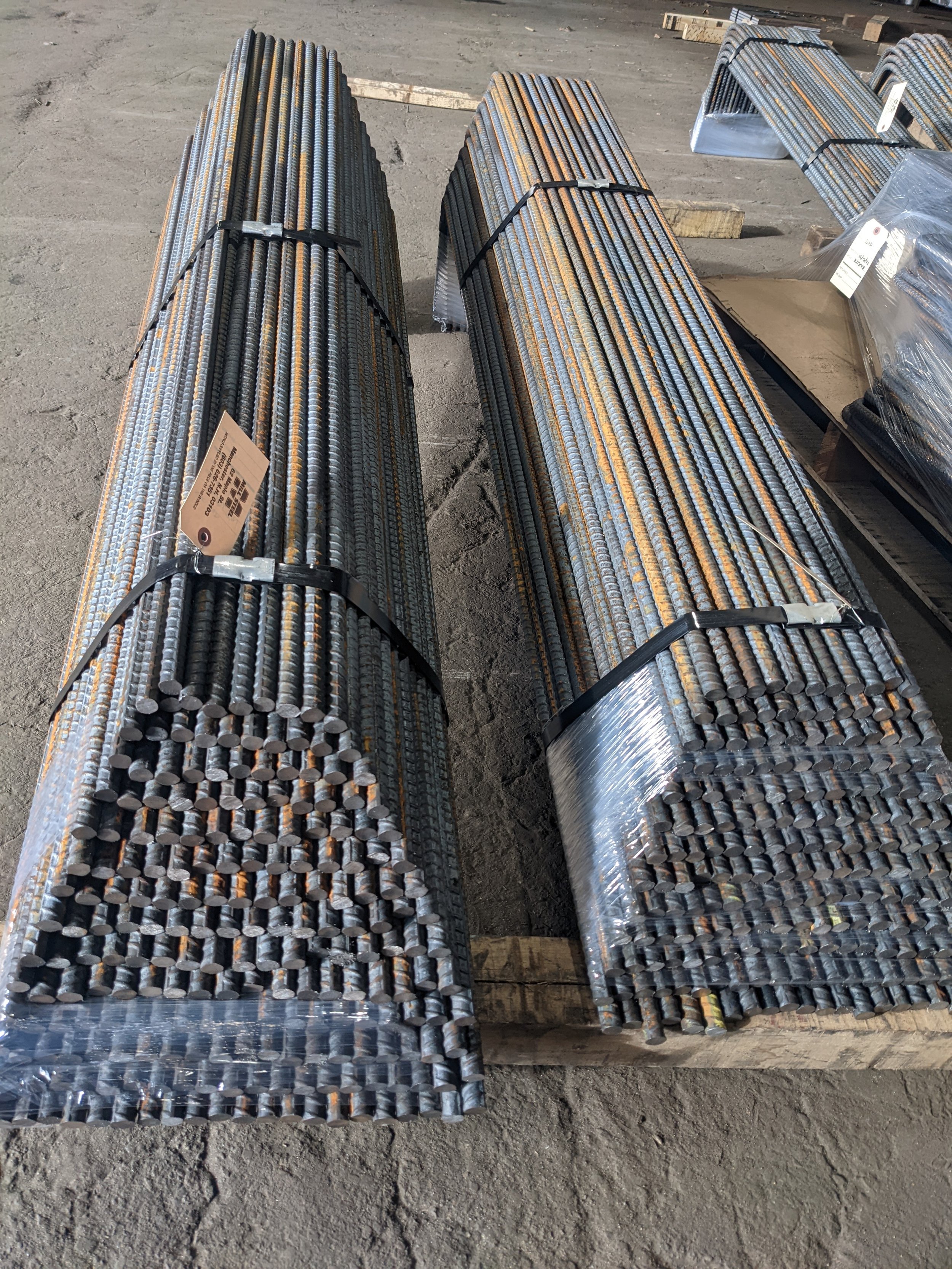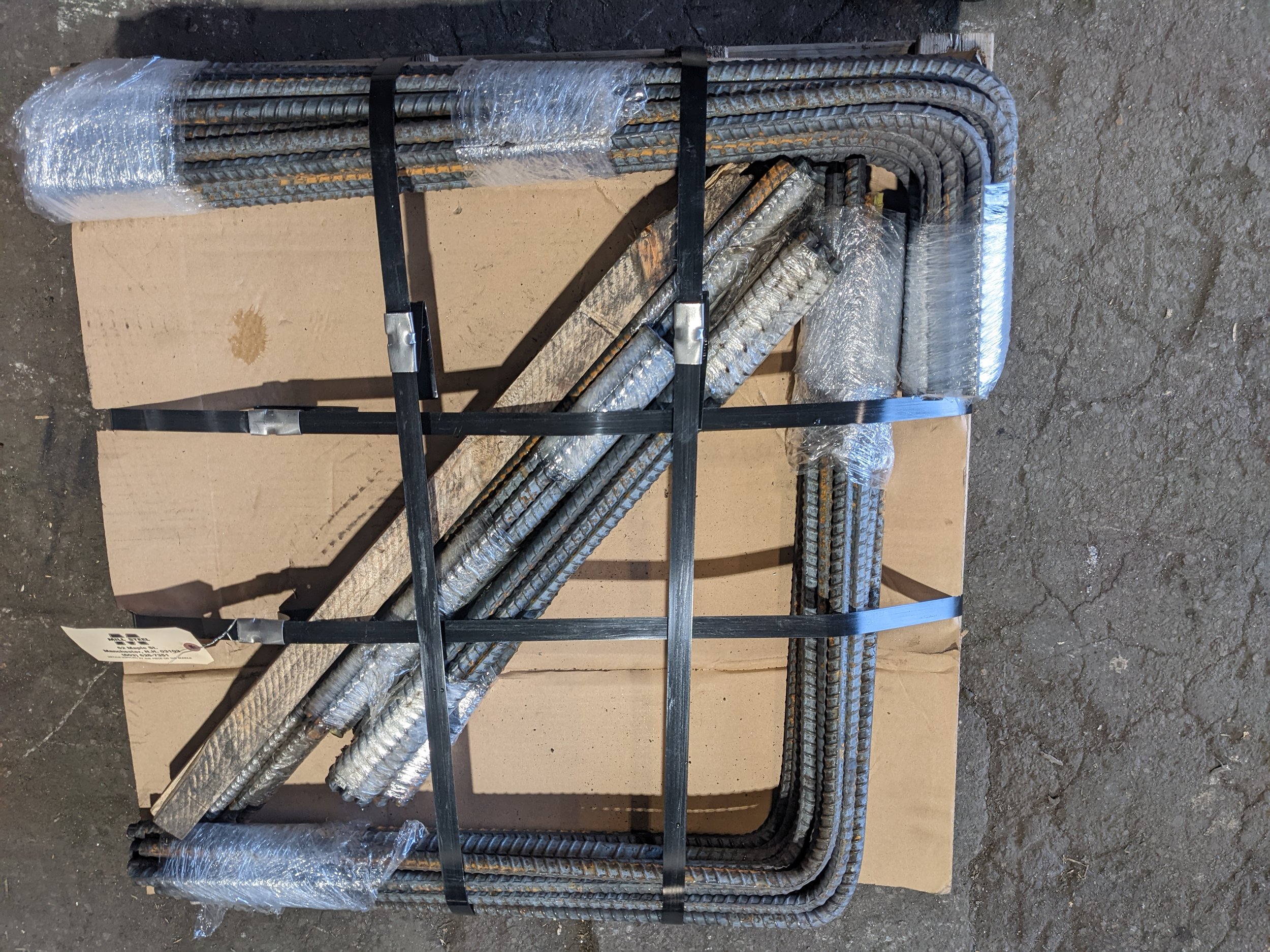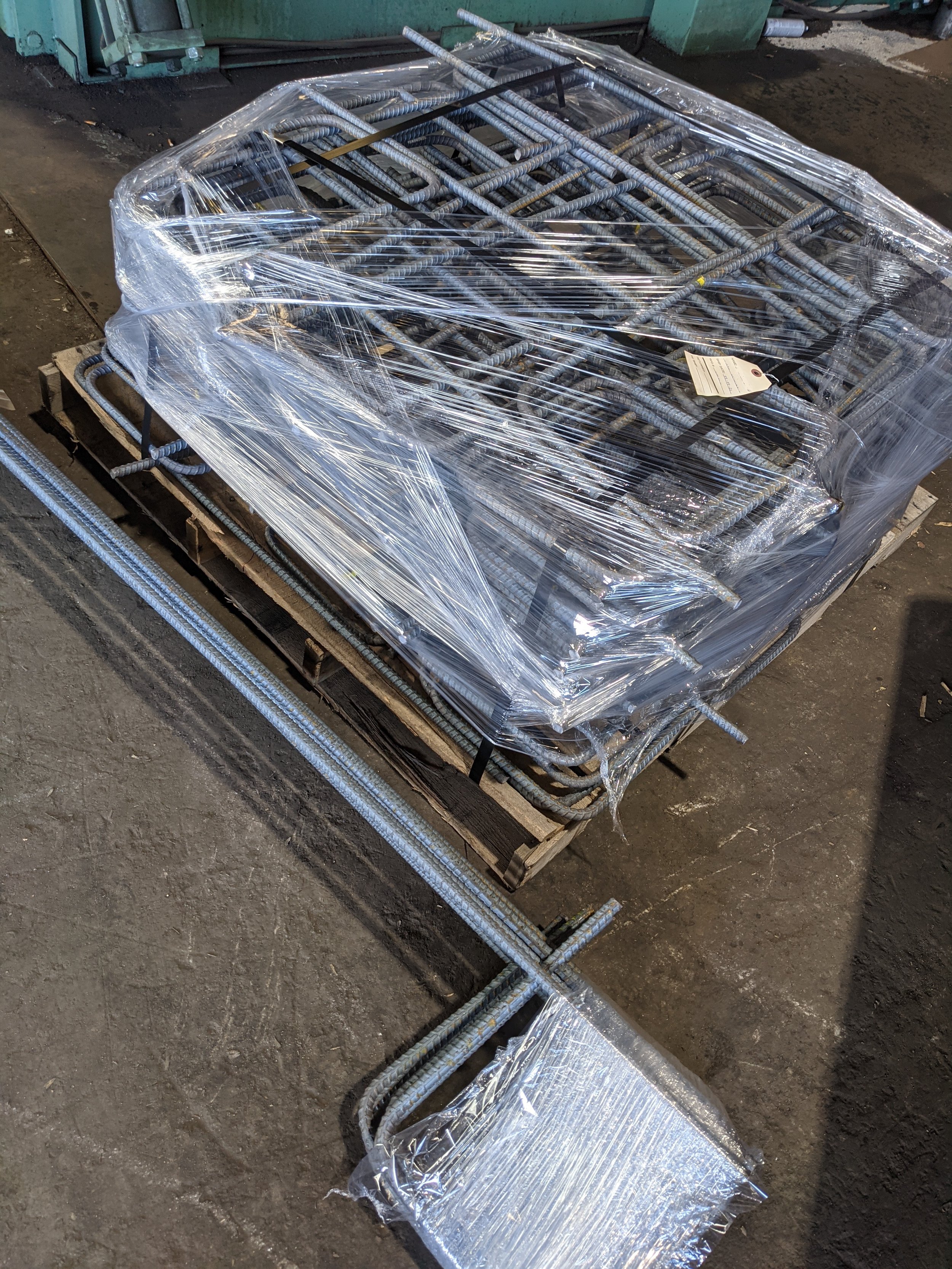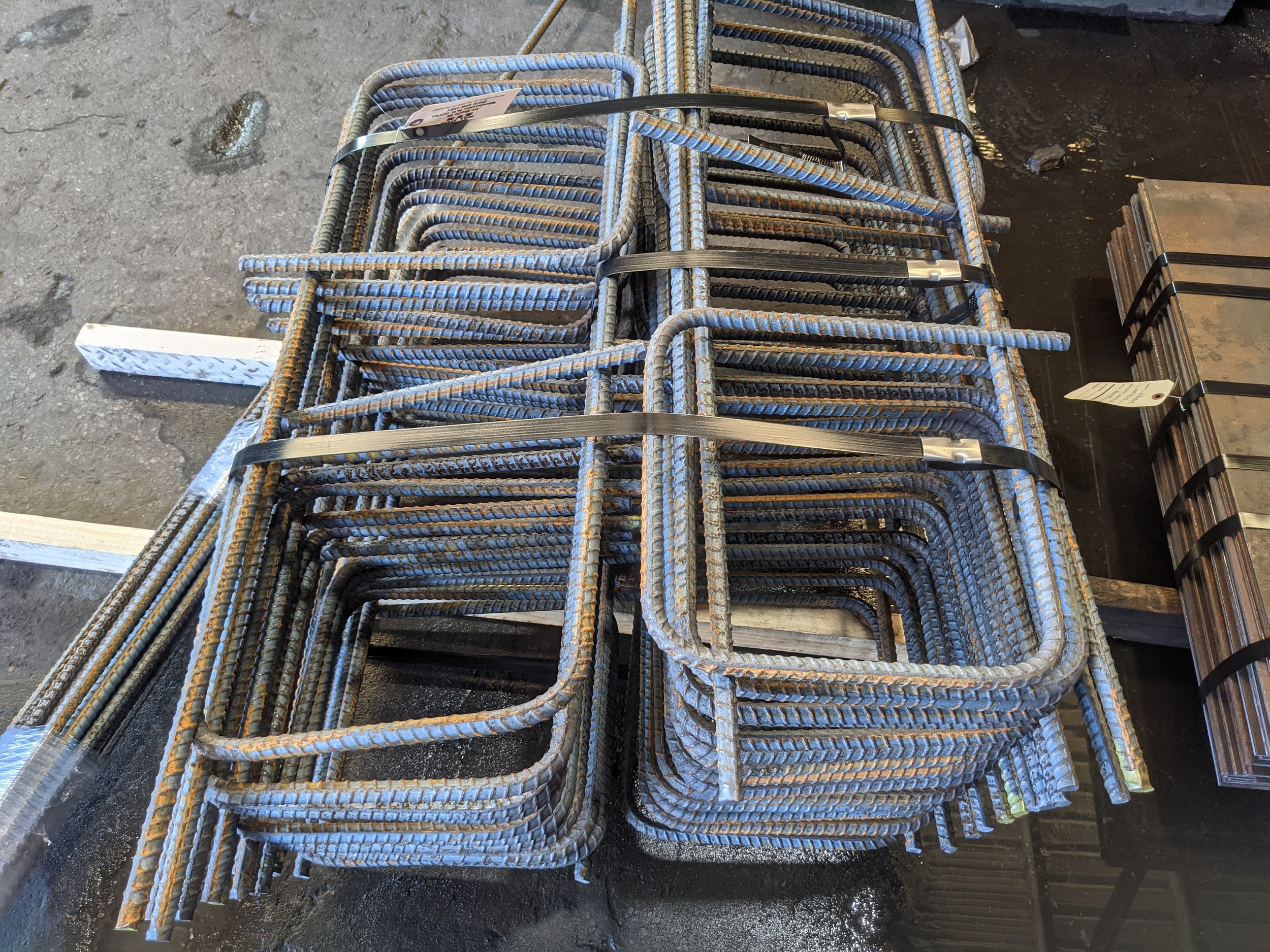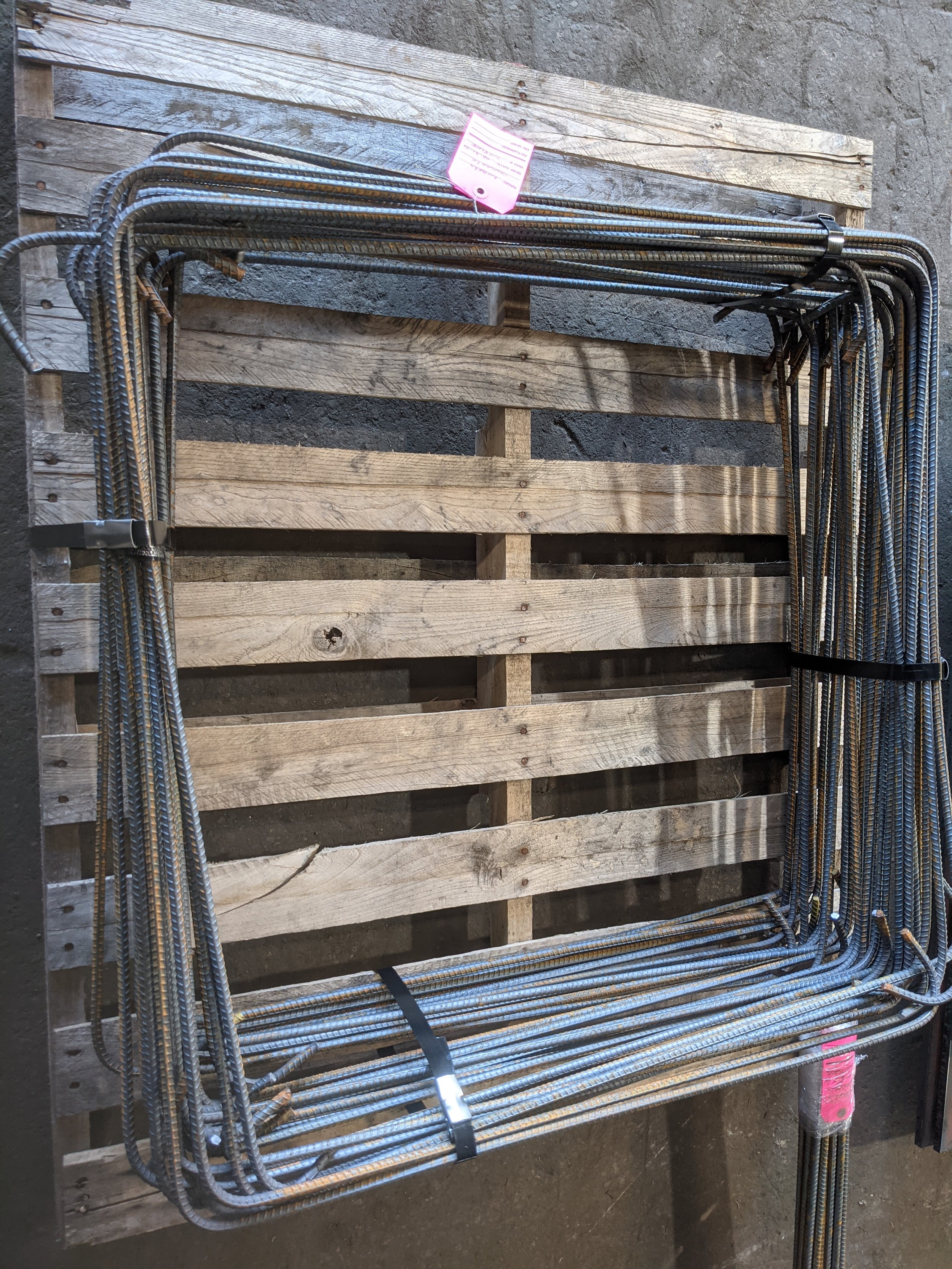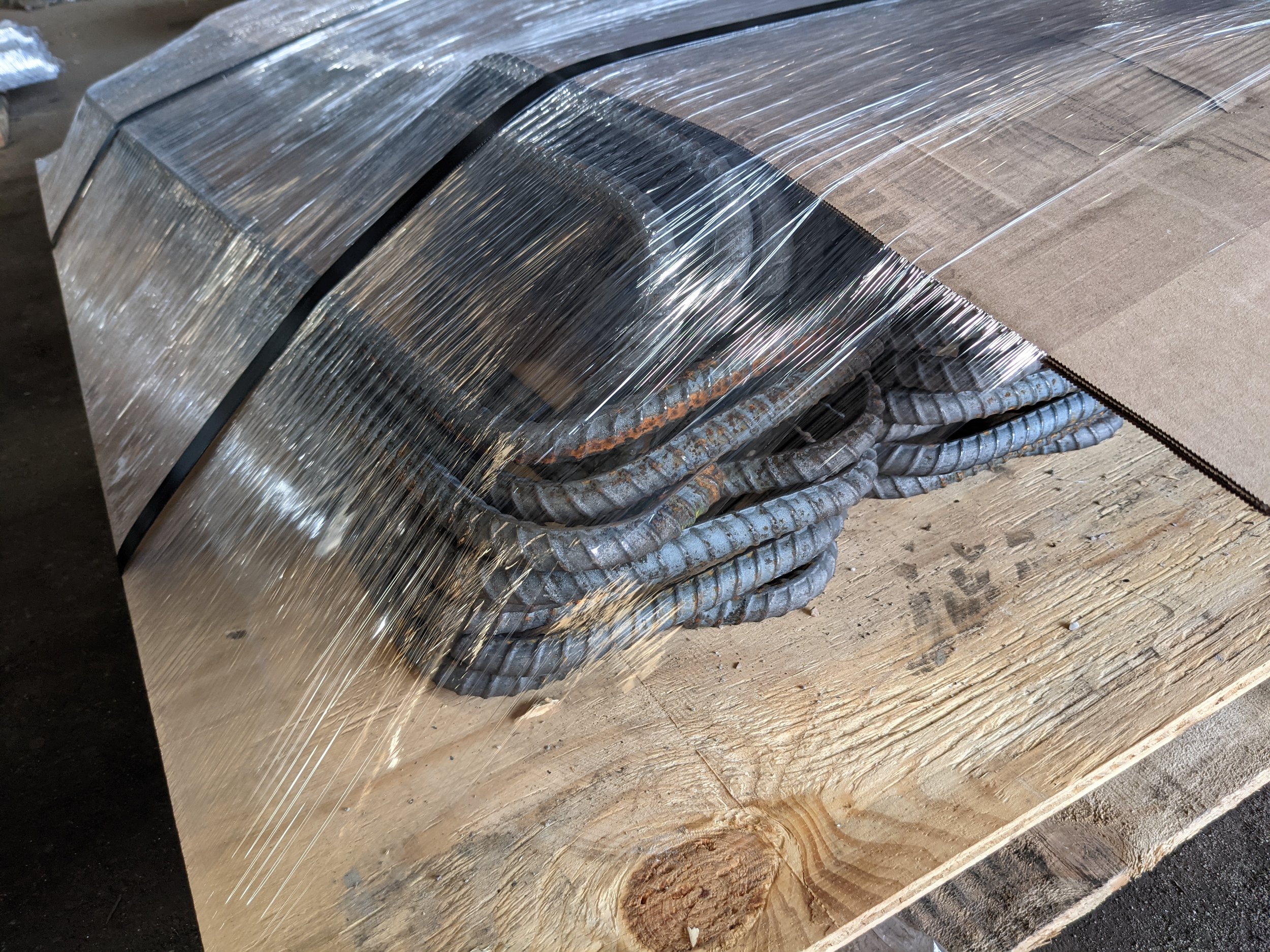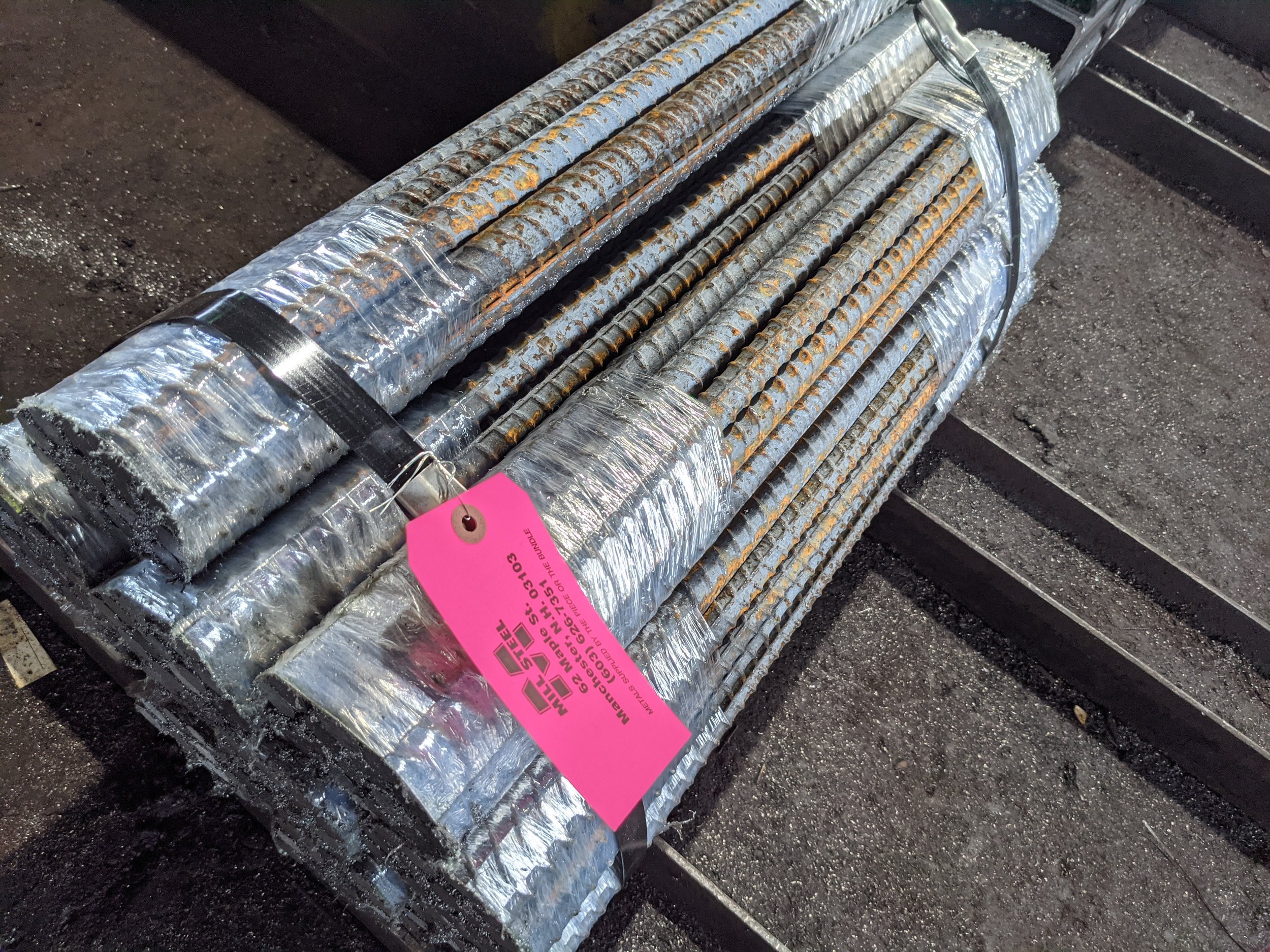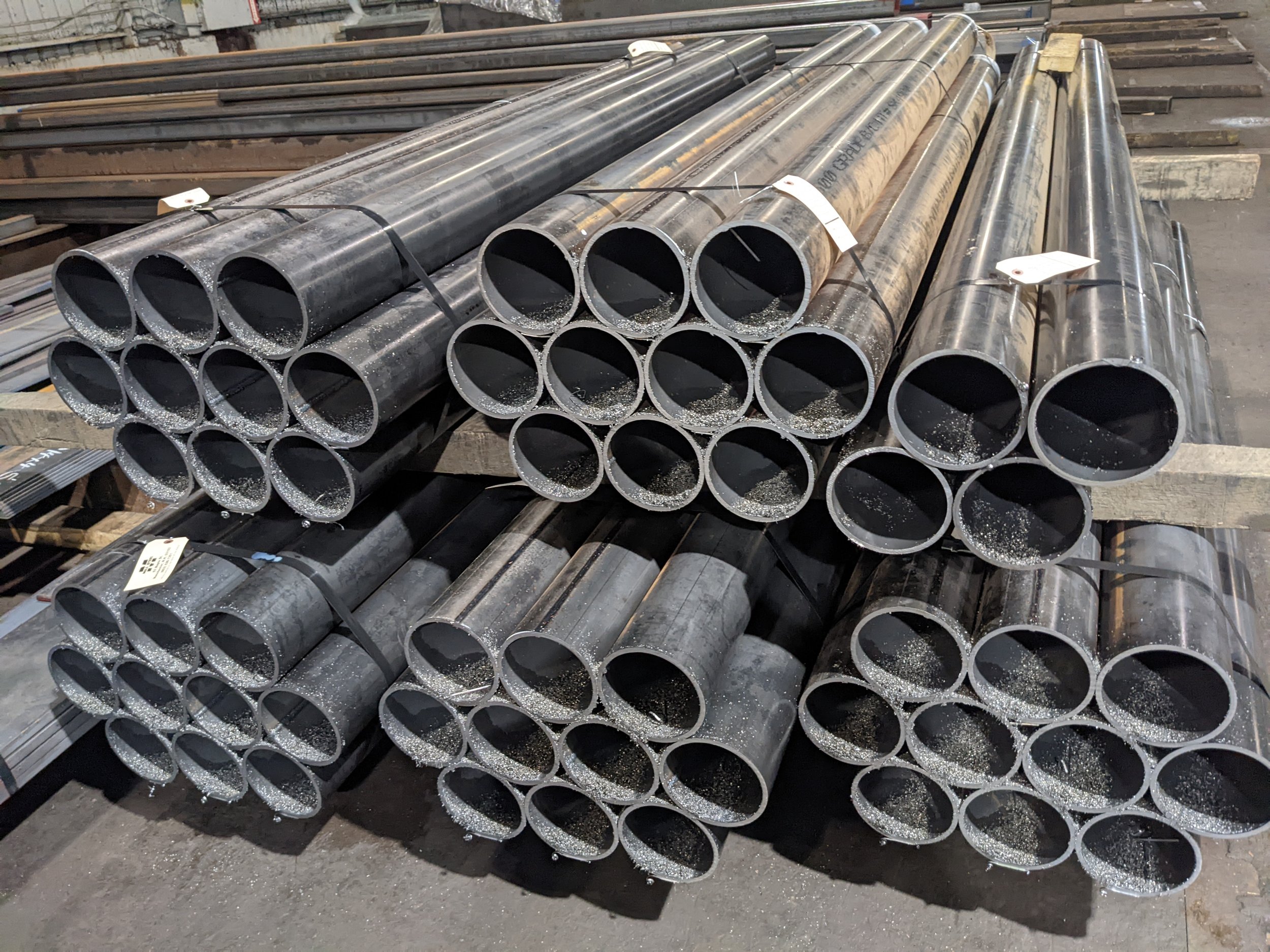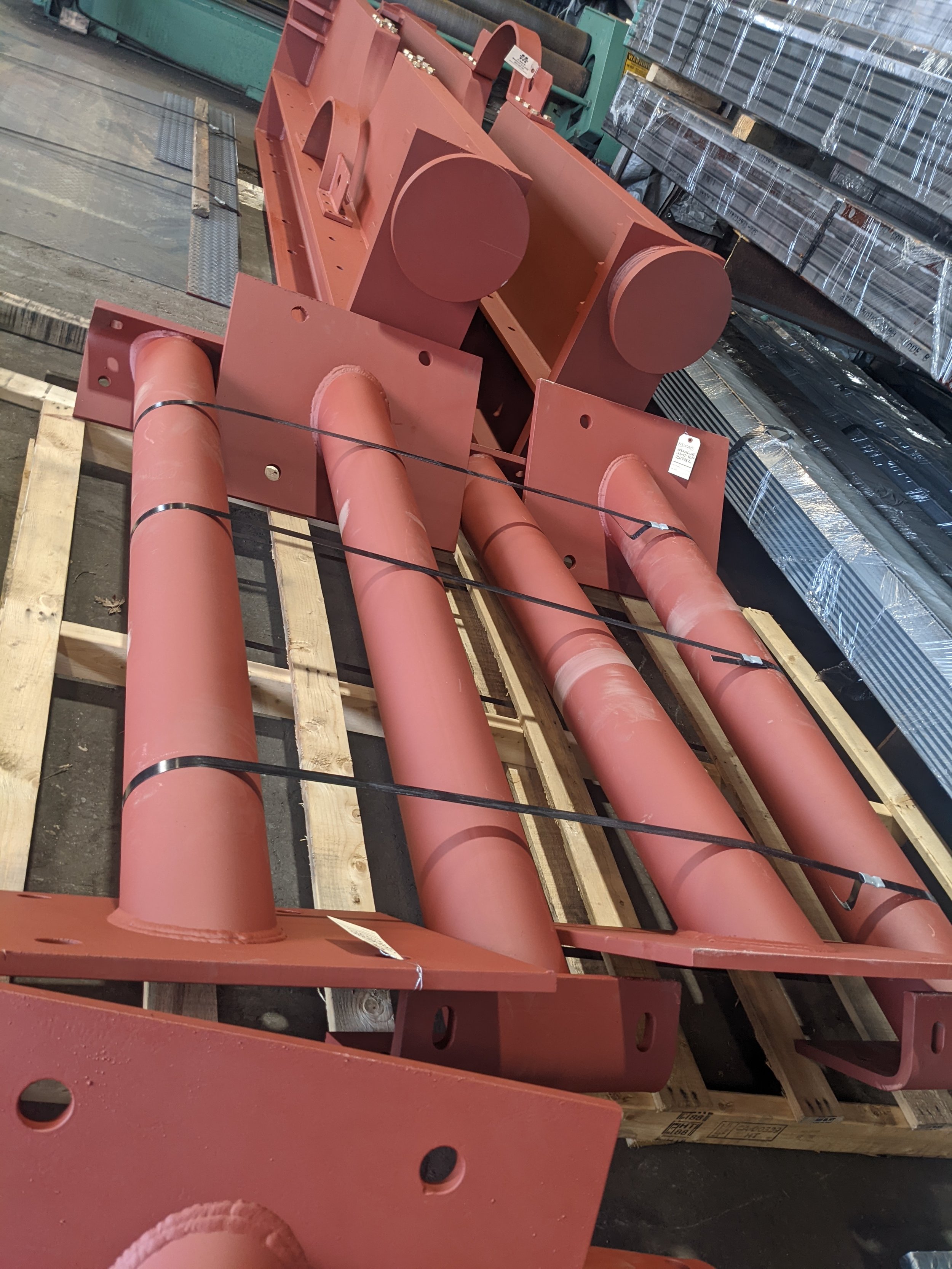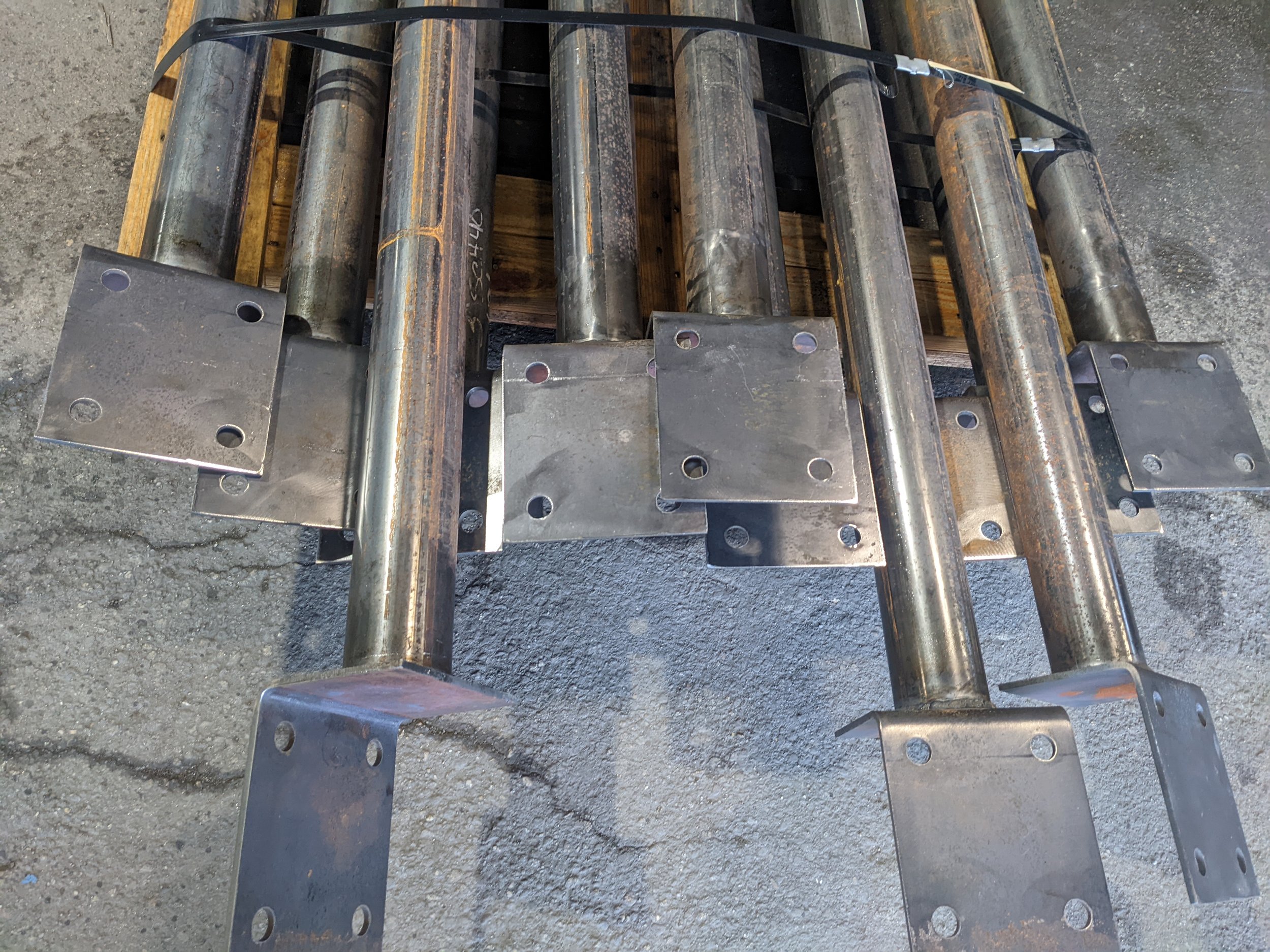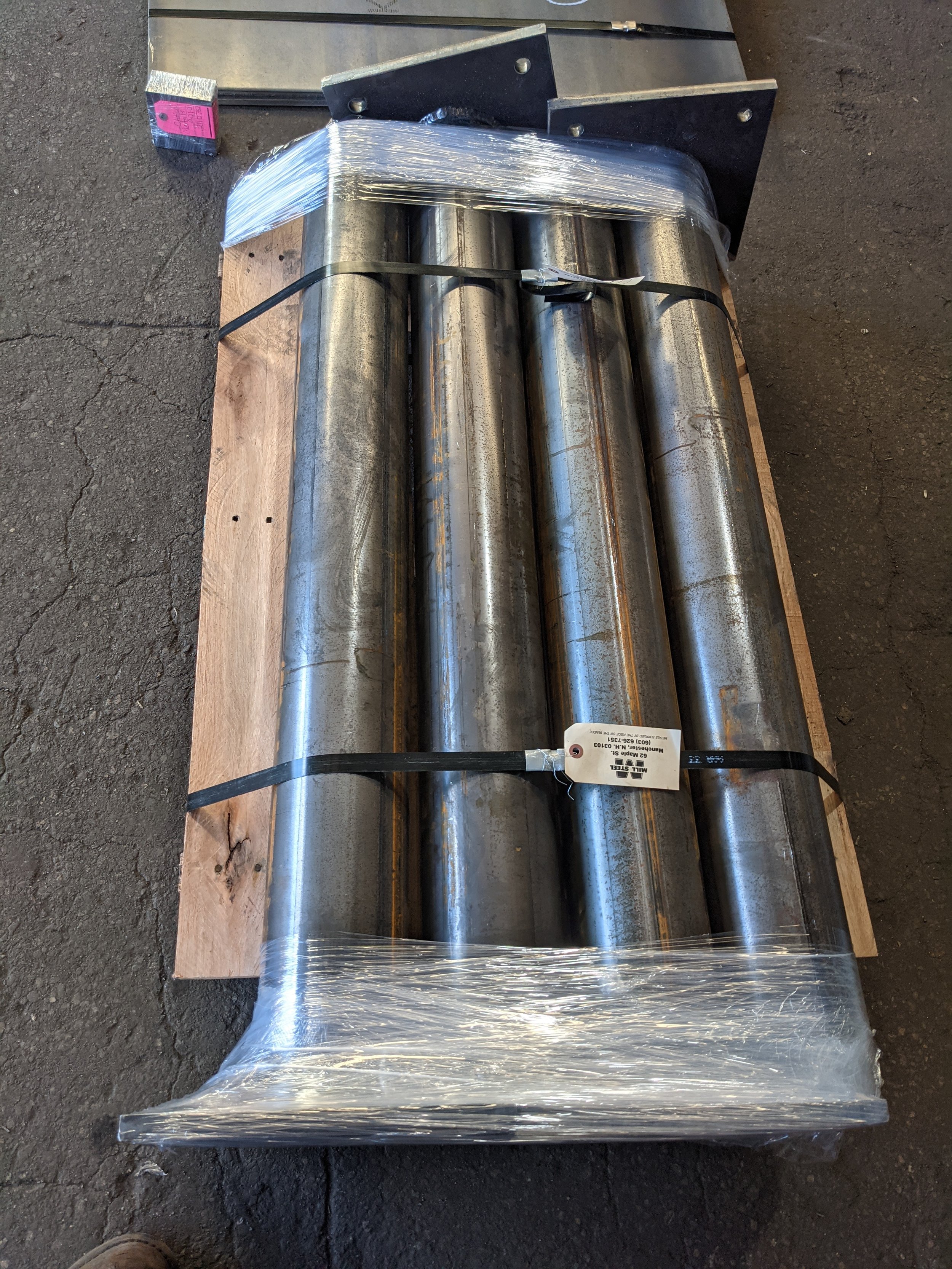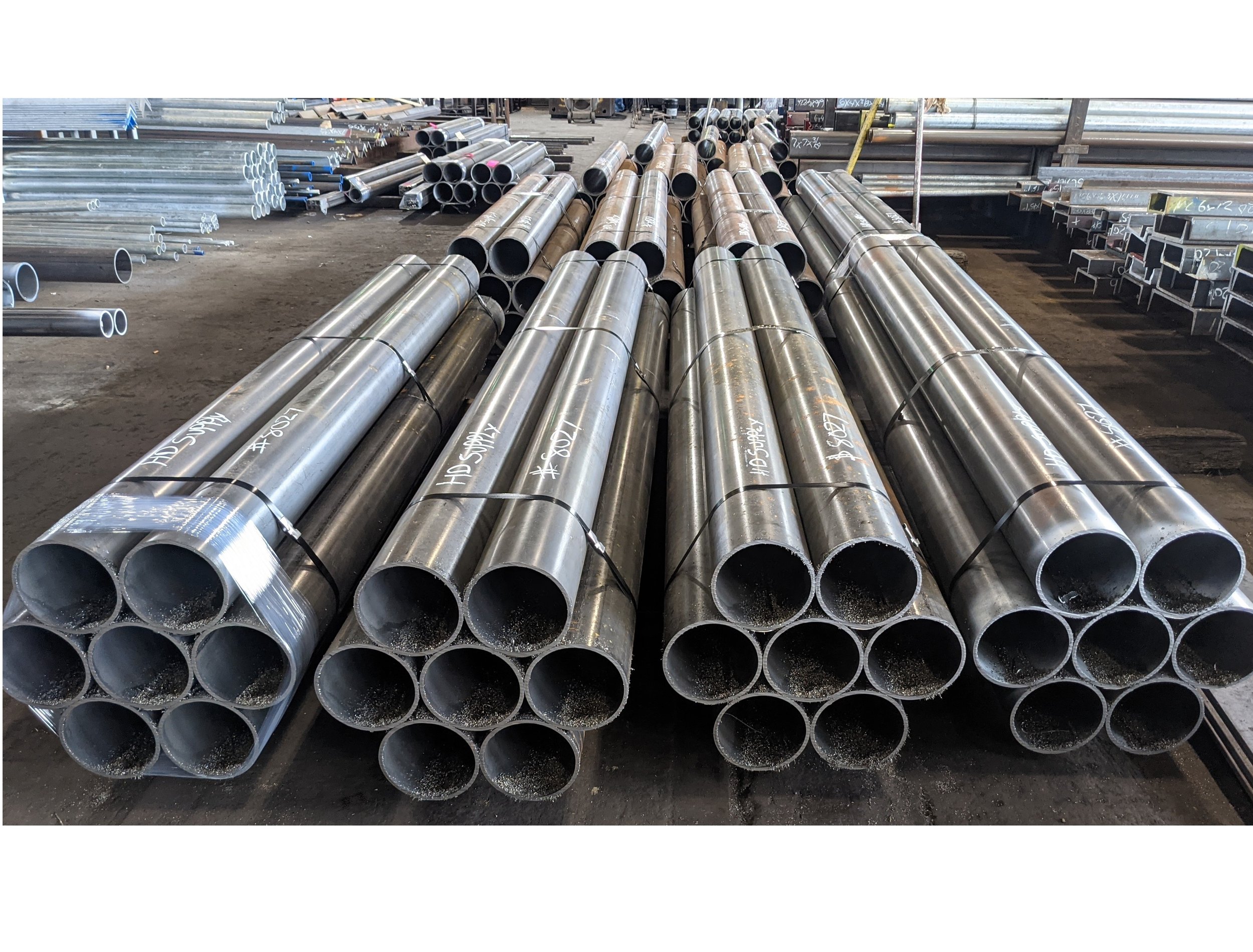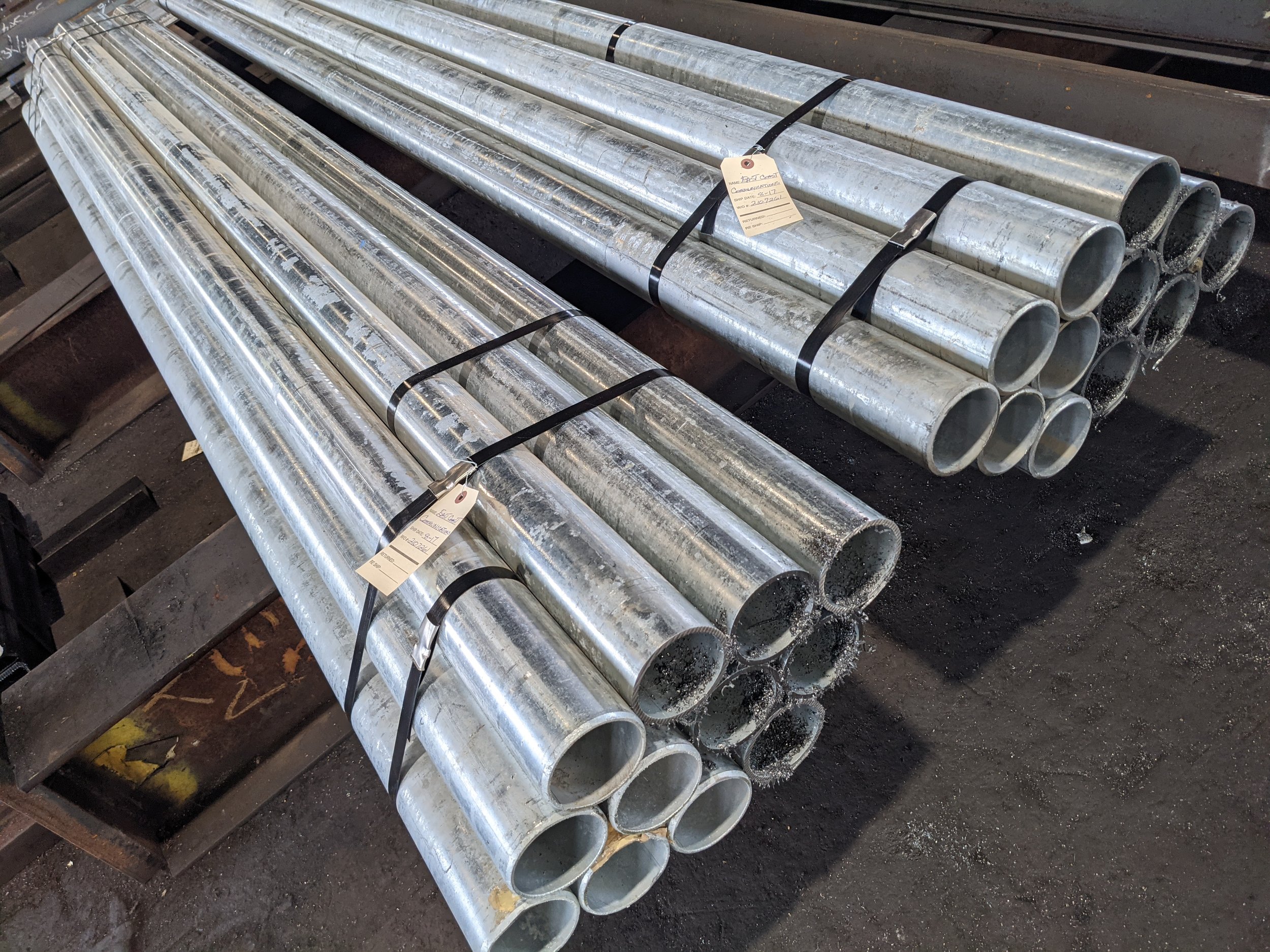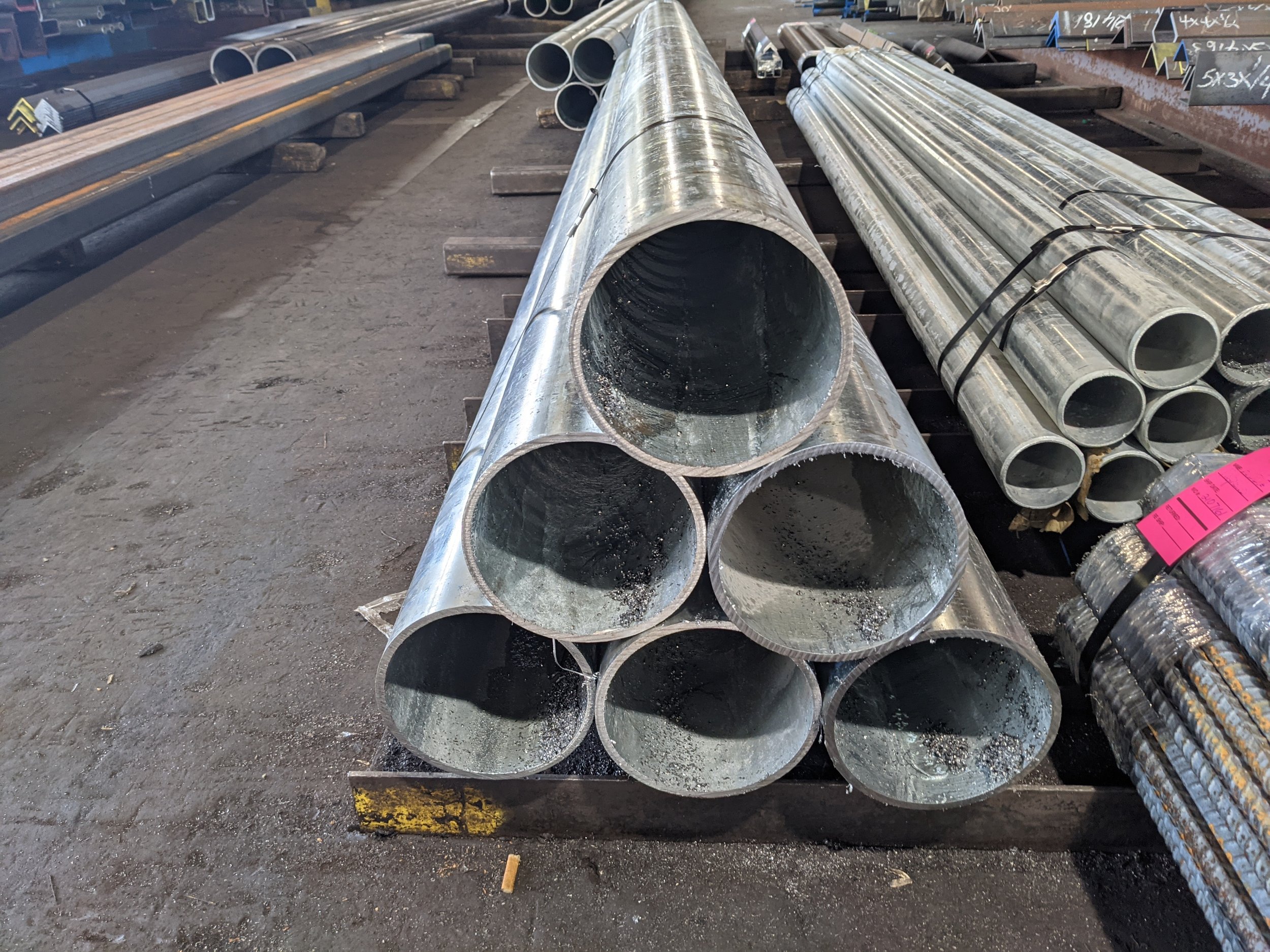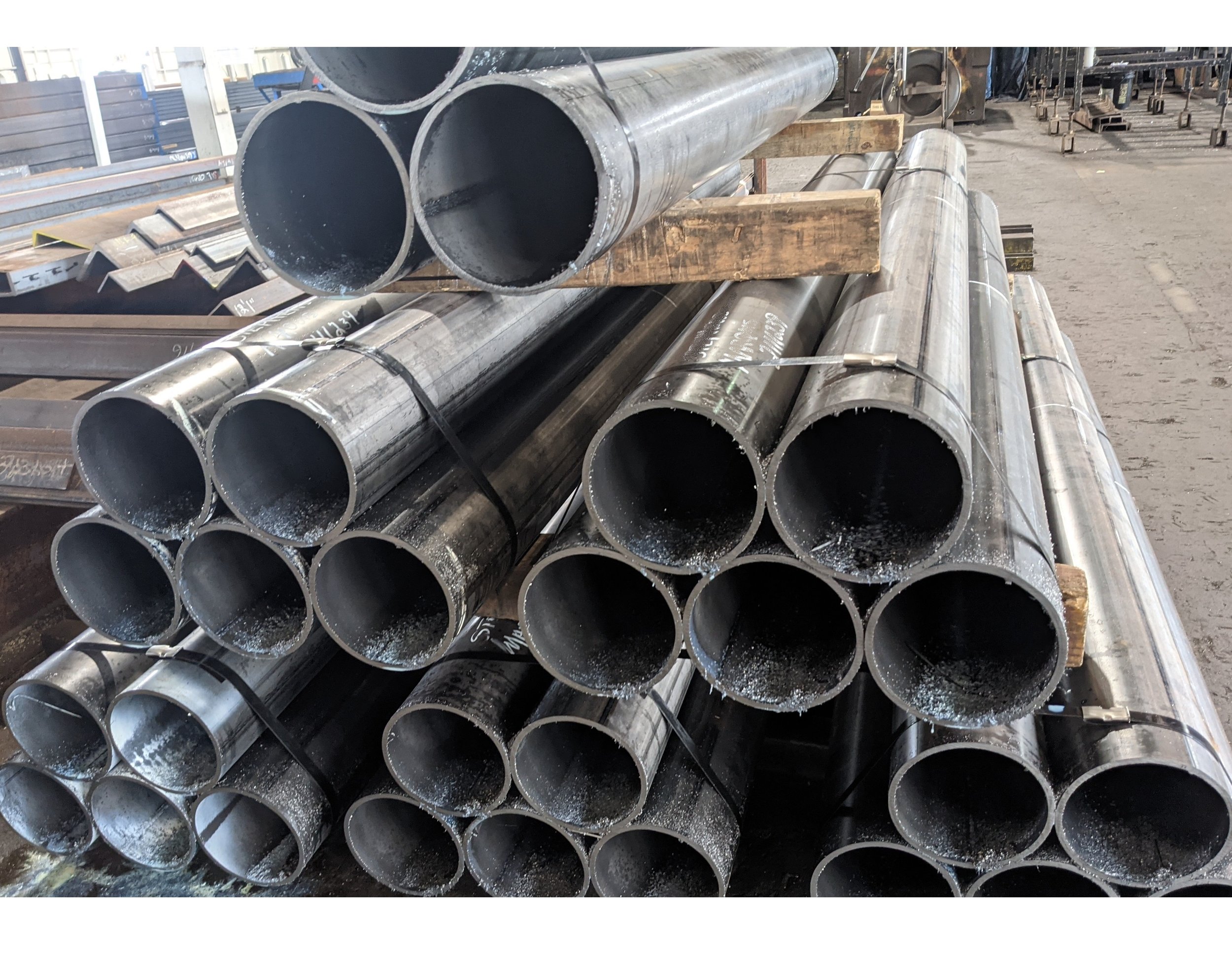DRILLING, PUNCHING & BURNING
Drilling
The Drilling Process of Boring Out Holes in Steel Plate, Beams and Merchant Shapes (i.e. Angles & Channels) Uses a Drill Bit; Or in Certain Circumstances, CNC Torch Burning. This is Accomplished by Utilizing a Carbide Single Point, Carbide Multipoint, or High-Speed Steel Bits. Afterwards the Steel Product is Cooled Down with Coolant Held in a Reservoir Tank Above the Machine.
Drilling Specifications:
7/16” - 2” in Diameter Range (Decimal .4375” - 2.000”)
Drill Bit Increments of 1/16” Afterwards (Decimal .0625”)
Tolerance Positioning: +/- 0.0625”
Special Hole Sizes Upon Request, Possible Additional Fee
Punching
The Punching Process is Punch & Die Tooling Often Made of Hardened Steel or Tungsten Carbide. A Die is Located on the Opposing End of the Workpiece and Supports the Material Surrounding the Perimeter of the Hole Needed Punched and Assist to Localize the Shear Force for a Precise Punched Edge.
PUNch & die Specifications:
7/16” - 2” in Diameter Range (Decimal .4375” - 2.000”)
Drill Bit Increments of 1/16” Afterwards (Decimal .0625”)
Tolerance Positioning: +/- 0.0625”
Special Hole Sizes Upon Request, Possible Additional Fee
Burning
Burned Holes are also Capable on Reworkable Steel Plates, Round Hollow Pipes and HSS Tubes from OxyFuel CNC Programmable Torches.
Burned holes Specifications:
3/8” - 24” in Diameter Range
Tolerance Positioning: +/- 0.07”
Different Hole Process Descriptions:
Countersink
Countersinking is a Angled Cone-Shape Hole into a Steel Part in Order to Accept the Head of a Countersunk Bolt of the Same Shape. In Which it Will Sit Flush or Slightly Below the Surface of the Face of the Material. A Countersunk Hole May Also Remove the Burr From the Drilling Process, or After a Tap Operation, Leading to a Finish Look and the Removal of Any Dangerous Sharp Corners.
Counterbore (Able to outsource)
We Are Able to Get Your Project and Parts Accomplished if it’s Through Us or Our Affiliated Partners. Counterboring is a Flat Leveled-Bottomed Hole that Expands an Existing Hole. It is Usually Used For Fastening Hardware on a Workpiece Where Welding isn’t the Best Option. The Reason Is For the Fastening Device Head To Be Flushed With Face Surface of the Steel Part.
Reaming (Able to outsource)
We Are Able to Get Your Project and Parts Accomplished if it’s Through Us or Our Affiliated Partners. Reaming is a Process that Augments and Expands an Existing Hole That’s Too Small, By The Use of a Special Reamer Bit. Reason of a Revision in the Project.
Tapping (Able to outsource)
We Are Able to Get Your Project and Parts Accomplished if it’s Through Us or Our Affiliated Partners. The Tapping Process is Done to Forms Threads in an Already Drilled, Burned or Reamed Hole. These Are For the Use of Simply Bolting Parts Together; As Oppose to Multiple Fastening Devices and TIG/MIG Welding.
Milling (Able to outsource)
We Are Able to Get Your Project and Parts Accomplished if it’s Through Us or Our Affiliated Partners. The Process of Milling Down Steel Is Used for Machining Slots or Complicated Profile Shapes. It is a Machining Procedure In Which the Surface of the Workpiece is a Flatten and Leveled to Specs. Also the Edge of Parts are Machined & Milled. A Main Propose of This Milling Service is to Insert and Rework a Burned Hole to a Needed Tighter Tolerance.


